Japanese Chin
The Japanese Chin is one of the oldest dog breeds in the world. It has origins in China and Japan, where it was developed, and where it got its modern-day looks.
These lovely companion dogs have several traits that make them unique and fun to be around. Some owners described them as cat-like because they share a lot of qualities with the felines. They are obsessed with self-cleaning and prefer not to get muddy or wet. They are also known for their ability to jump incredibly high, even four times their own height!

Height:
8-11 in (20-28 cm)

Weight:
7-11 lb (3-5 kg)

Origin:
Japan

Life Expectancy:
10-12 years
Dog Breed Characteristics
Appearance
This adorable breed has a cute baby-like face. It is frequently described as having an astonished expression due to the exposure of part of their whites in the corners of their large, wide-set eyes.
They have a large wide head and small floppy v-shaped ears that they carry slightly forwards and are covered in long silky fur that makes them appear longer than they actually are. They have a flat-faced appearance due to their short muzzle and slightly undershot lower jaw because they are a "brachycephalic" breed. Their nose is somewhat raised and almost at the same level as their eyes.
Their body is compact and square-shaped, with dense silky fur covering it. Their tail is held high and curled over their lower back, allowing their long fur to cascade down both sides. Finally, they have well-feathered small cat-like feet that enable them to be extremely agile and are often described as having a stylish and lively gait when moving.

Coat type
The Japanese Chin's most distinguishing characteristics are its profuse, silky long coat and oriental features. Their single coat protrudes slightly from the body, particularly around the frills on their neck and shoulders. It has a thick mane, feathered ears, a plumed tail, feathering on the back of the front legs, and light feathering on the back legs that resemble culottes. Short hair covers the head, face, and forelegs.
Coat color
Japanese Chins can have black and white coats, red and white coats, or black and white with tan points.
Temperament
The Japanese Chin is a lively and dainty breed that is gentle, sensitive, and affectionate, making it an ideal family pet. They are adored by everyone and will adore everyone, getting along brilliantly with other family pets, dogs, and people in general. This breed is a joy to spend time with because of its cheerful and happy disposition.
The word "chin" means "cat-like," which is appropriate given this breed's tidy and clean nature, as well as their desire to look their best at all times. They can also be “fussy” eaters, which may have inspired this feline reference.
Aside from curling up on your lap, this boisterous breed will enjoy a vigorous play session and a “minute of madness” when they tear around the house. Because of their natural agility and cat-like elegance, Japanese Chins can be excellent climbers, so don't be surprised if you find your Japanese Chin perched on a high vantage point.
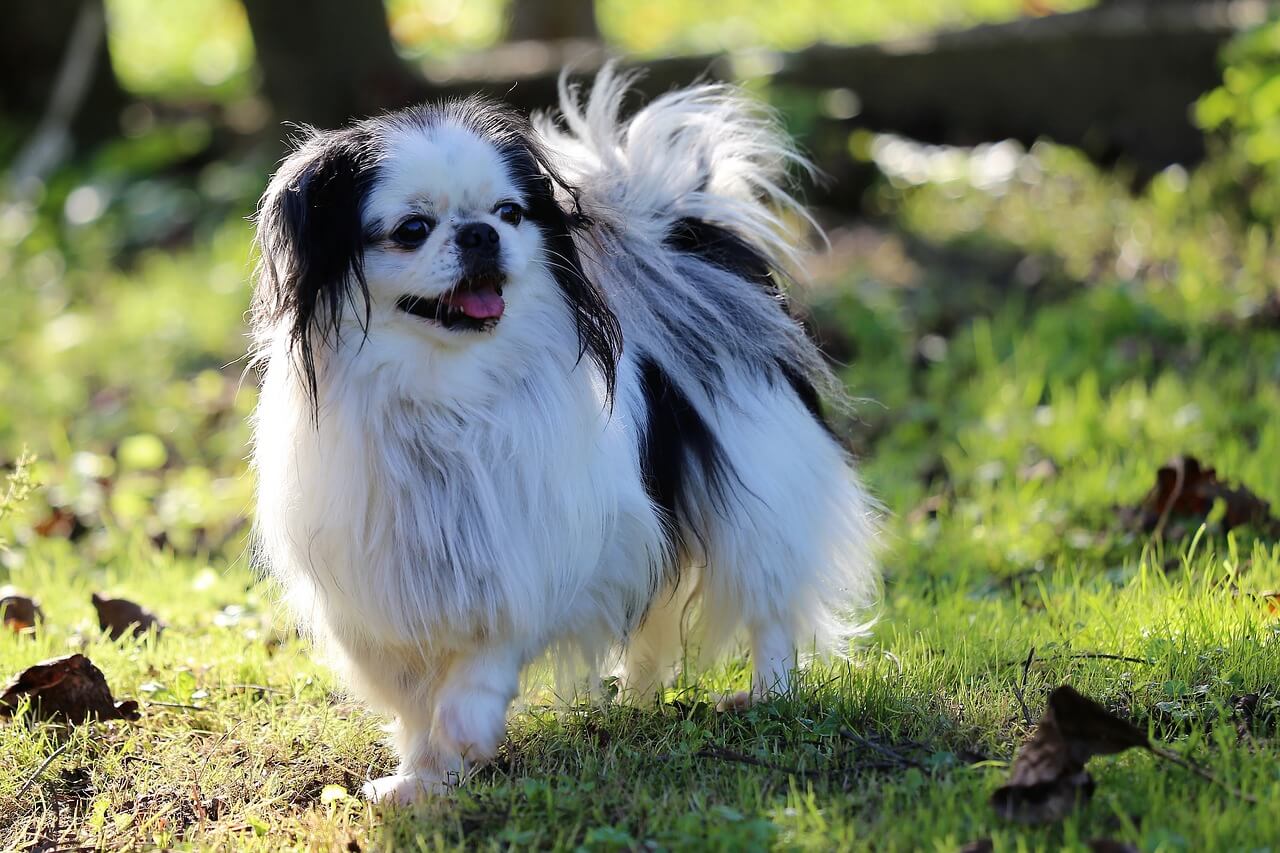
They are also loyal and affectionate. They will adore your company, wanting to be close to you at all times – becoming your “furry shadows.” However, because of their dependency, they can be anxious when left alone and are a breed that is prone to severe separation anxiety.
Care guide
The Japanese Chin's neck is very delicate, so it is strongly advised that you use a harness instead of a collar when walking this breed. Because it is a small companion dog, it requires special care. The following are the most important aspects of Japanese Chin care.
Grooming
The Japanese Chin has a single silky, straight coat of reasonable length – it is their crowning glory! To keep their beautiful coat free of mats and tangles, they should be groomed twice to three times per week, more frequently during the shedding season, preferably with a slicker brush. The fur behind their ears, which is prone to matting, should be given special attention.
Because of the dense fur around their ears, it is a good idea to clean their ears on a regular basis. This will help keep them clean and free of wax and dirt, as well as prevent infections. Maintain the best possible condition of their ears. You can accomplish this by using dog-safe ear cleaners. Speak with your veterinarian, and we are confident that they will provide you with excellent advice on ear care.
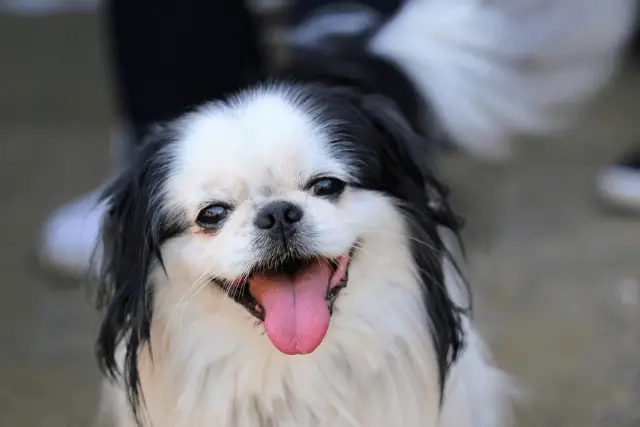
Make sure you give your dog a bath every 6 - 8 weeks. That can be more often if your dog rolls into something smelly or dirty. Like with anything else, you need to make sure you use shampoos specifically developed for dogs. If the dog doesn’t wear its nails naturally, clip them.
Training
Training should be an essential part of every dog’s life; it doesn’t matter if you have a working breed or a small companion whose only job will be to keep you company. Training is the only way to ensure your puppy grows up to become a well-behaved dog.
The Japanese Chin is an intelligent little dog that can be mischievous at times and benefits from training. They are a moderately easy breed to train due to their eagerness to learn new tricks, house training, and commands.
You must include potty and leash training. We recommend that you use a dog crate. These procedures will be much easier because the dog will not want to soil their sleeping area.
Exercise needs
Because of its small size, the Japanese Chin is low-maintenance in terms of exercise. Daily play sessions and a short 30-minute walk are ideal. This breed does not require a garden and can live happily in a flat or apartment. They do, however, enjoy being outside and should be taken for a walk every day.
Socialization
Socialization is another important aspect of Japanese Chin care. These dogs have a tendency to become shy, which is not something you want to see. The best way to avoid this is to socialize your Chin from the time they are a puppy. Take your dog to various locations, such as dog parks, and expose them to various situations to ensure that your dog becomes accustomed to them.
They will become comfortable and learn how to react appropriately. Furthermore, you don't want to end up with a companion dog who is afraid of everyone who comes to your house.
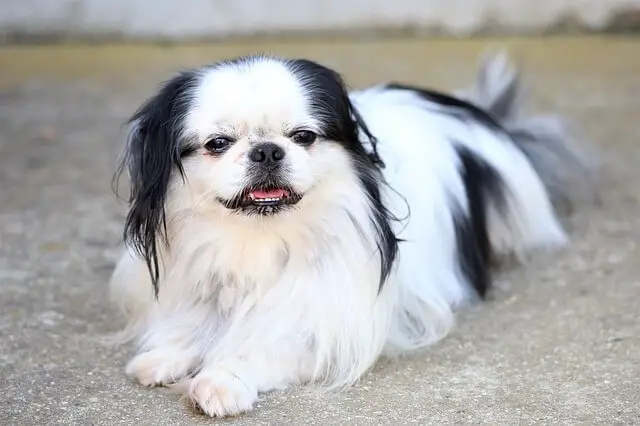
Japanese Chin and children
Although the Japanese Chin is a gentle dog, it should not be kept in a home with small children. A boisterous child can easily injure them. The breed gets along well with older children who know how to properly handle a dog.
As with any breed, teach children how to approach and interact with dogs. Always supervise any interactions between dogs and young children to avoid biting or ear or tail pulling on either party's part.
Japanese Chin and other pets
Japanese Chin gets along well with other dogs and cats, but they should be kept away from larger dogs who may inadvertently injure them while playing. Because a cat's claws can injure its large eyes, it's critical that everyone plays nicely together.
They get along with other pets such as gerbils, parrots, and guinea pigs. However, while your Chin is still a puppy, they should be introduced to other pets.
Health
Chins are generally healthy, but like all breeds, they are susceptible to specific health issues. Not all Chins will develop any or all of these diseases. Still, it's important to be aware of them if you're thinking about getting one. The following are some of the conditions that these dogs may develop:
- Progressive Retinal Atrophy (PRA) - PRA is a degenerative eye disorder that leads to blindness.
- Heart murmurs - Murmurs are caused by a disruption in the blood flow through the chambers of the heart. They are a sign that there may be heart disease or condition present.
- Legg-Calve-Perthes Disease - This is another hip joint disease. This condition is common in many toy breeds. When your Japanese Chin has Legg-Perthes disease, the blood supply to the head of the femur (the large rear leg bone) is reduced, resulting in deterioration.
- Atrioventricular Endocardiosis - This is a degenerative disease that affects the heart's mitral and tricuspid valves.
- Cataracts - Cataracts are opacities on the lens of the eye that cause difficulty seeing. The dog's eye(s) will have a cloudy appearance.
- Patellar Luxation - Patellar luxation is a fairly common issue in small dogs. It occurs when the patella is not properly aligned.
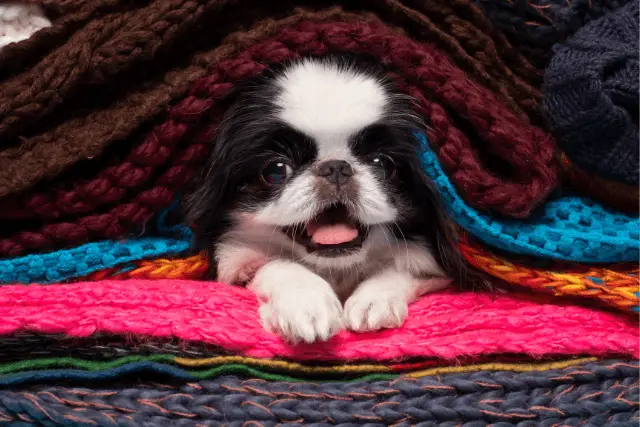
Japanese Chin breeders
If you've decided that this is the dog for you, it's time to find a reputable Japanese Chin breeder. Purchasing a dog from such a breeder ensures that you will receive a healthy puppy with no health or temperament issues. Buying a dog from a responsible breeder will cost you more money initially. Still, you will get a puppy that’s as healthy as possible.
If you're not sure if this is the right breed for you, check out this FREE GUIDE to help you decide which dog breed is best for you.
World Dog Finder team

Updated at31.08.2023.
Breed History
Contrary to its name, the Japanese Chin is thought to have originated in China, where it was popular among the Chinese aristocracy. There is some disagreement about how this ancient breed arrived in Japan. Some linked them to Zen Buddhist teachers, others believed a Korean Prince introduced them, and some texts claimed a pair were given to the Japanese Emperor by the Chinese Emperor.
The Chin quickly became the breed of choice for the Japanese Imperial Family, who used them as lapdogs after their arrival in Japan. According to rumors, they were also used for decoration. Some smaller ones were kept in hanging bird cages, which is unthinkable today!
This breed is thought to have descended from the Tibetan Spaniel and is also related to the Pekingese. Later, it is believed that breeders in the United Kingdom crossed the Chin with other toy spaniels to create a smaller version.
This breed was introduced to Europe around the 16th century and was recognized in the United States in 1888. Since then, this breed has grown in popularity as a beloved companion all over the world.
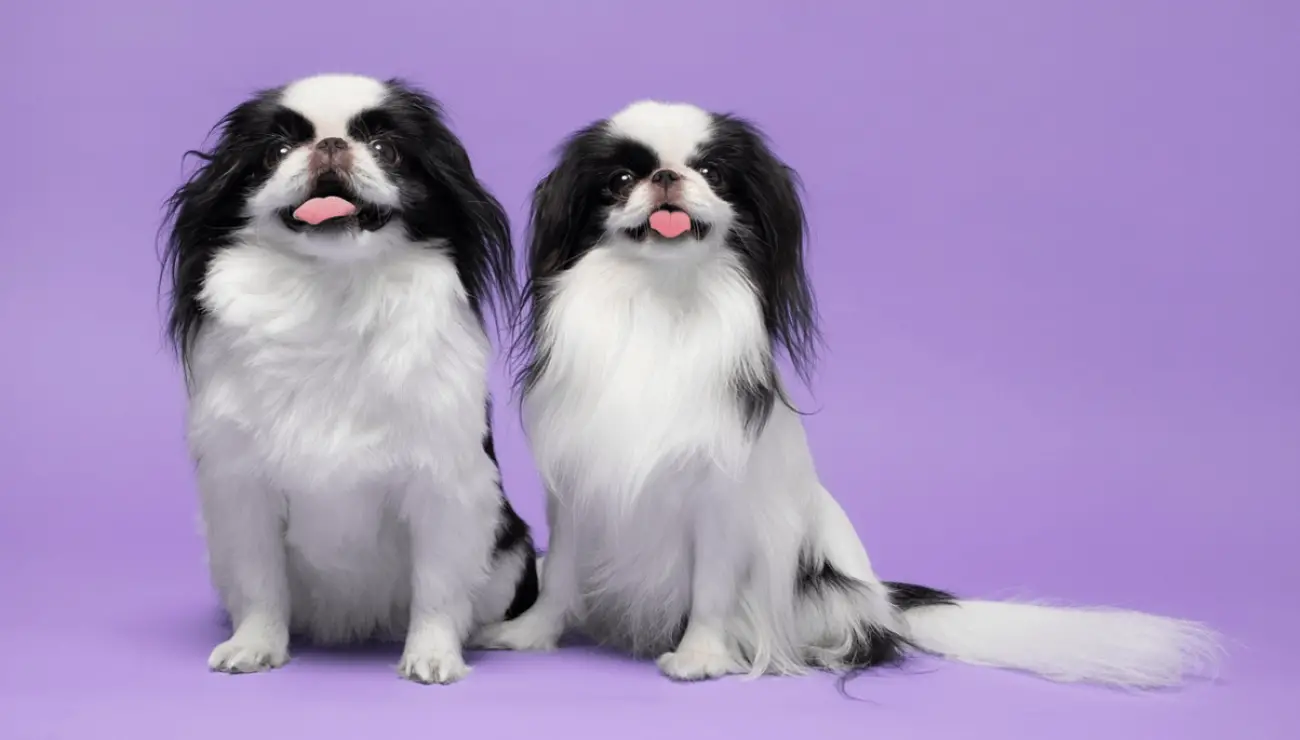
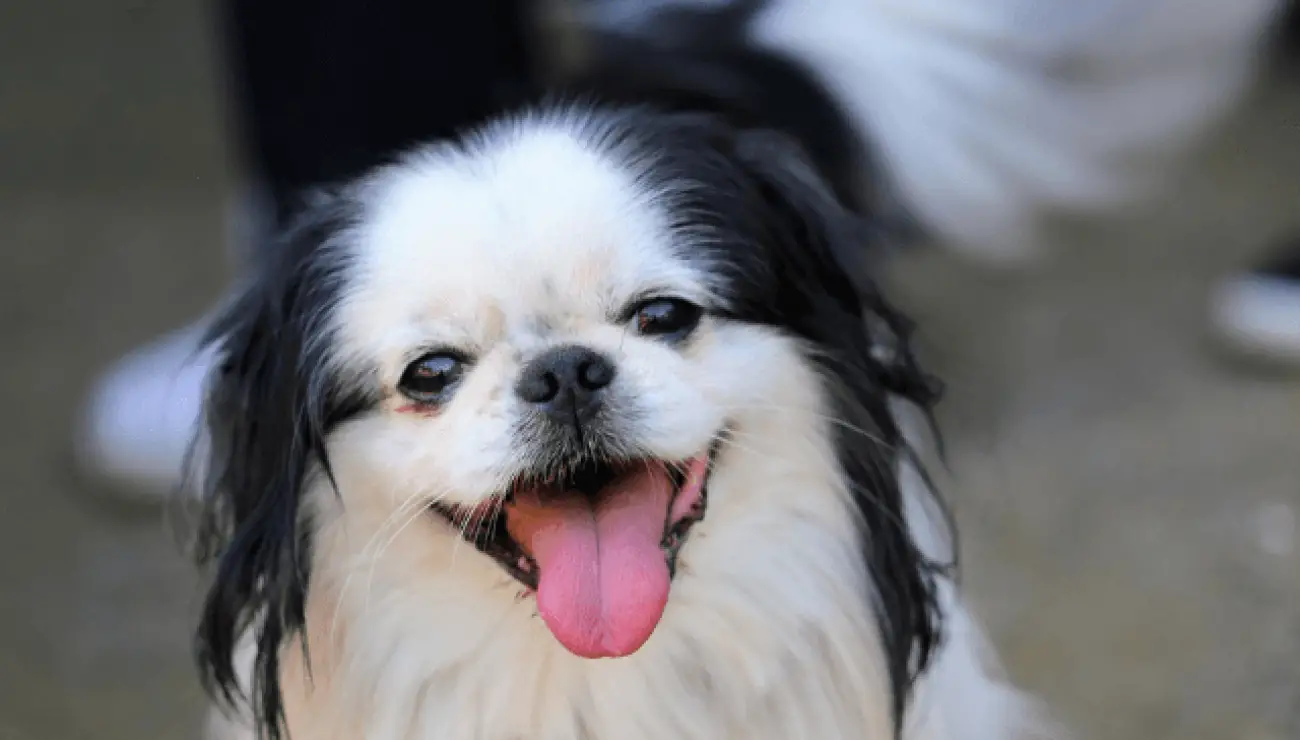
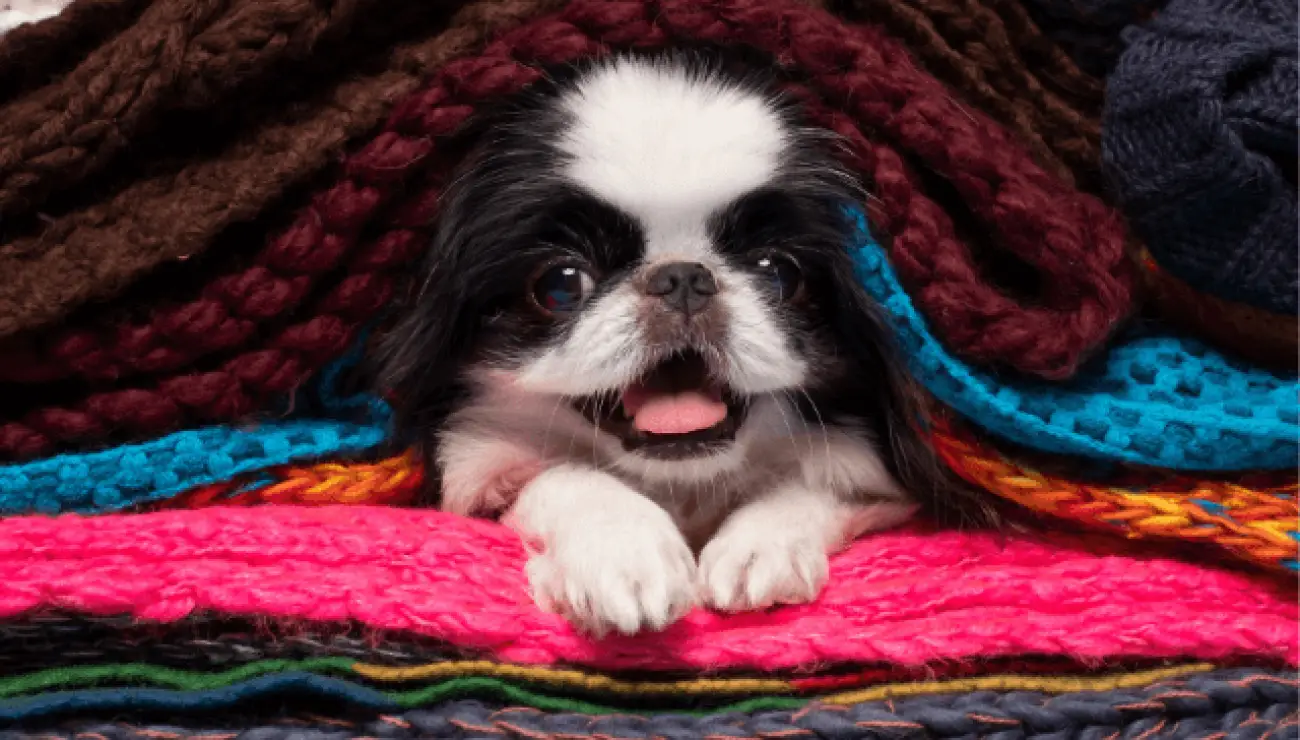

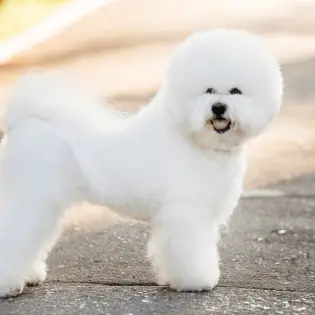
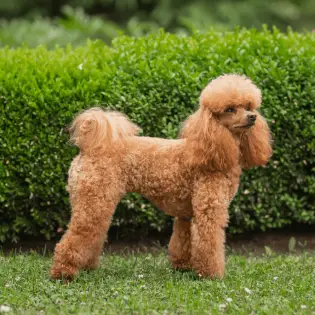
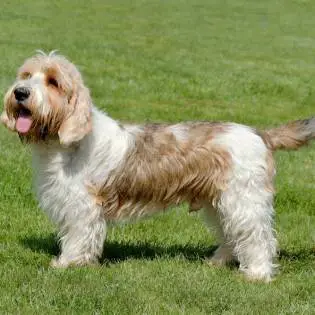
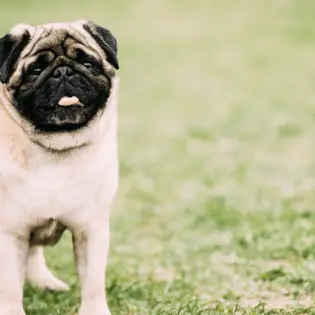
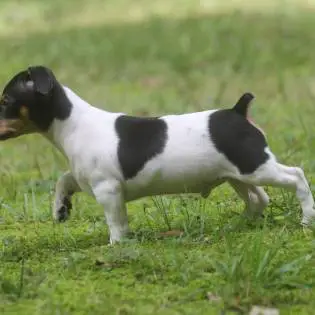
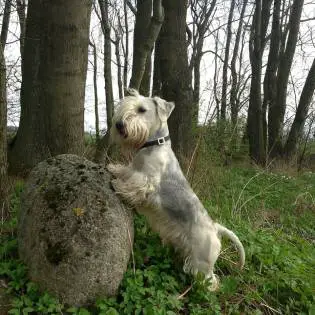
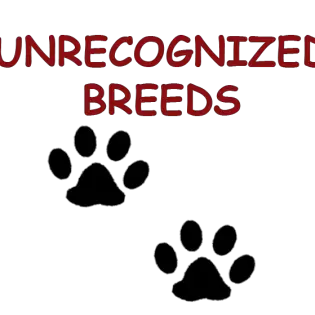
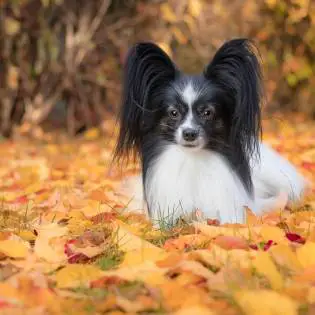
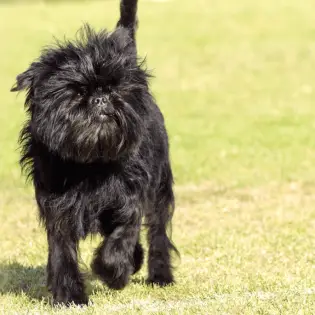
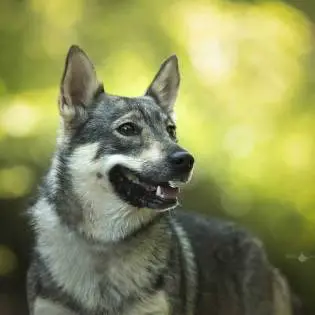

Share